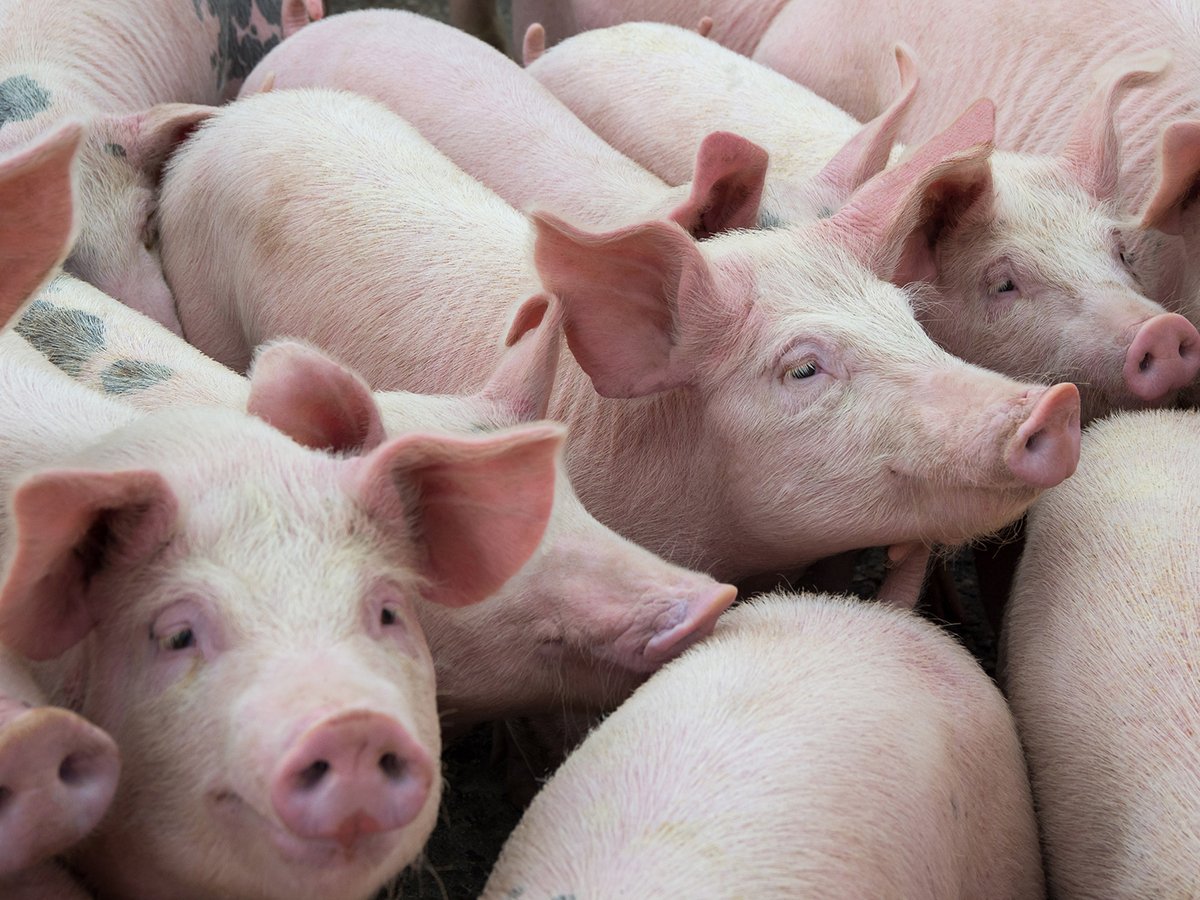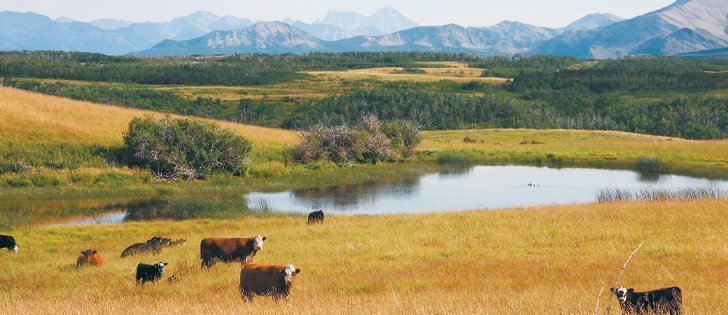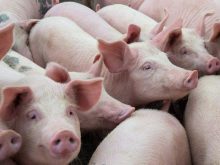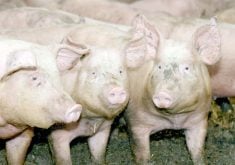Studies show livestock grazing controls shrubs, increases carbon storage and forage plant production and plant varieties
THORSBY, Alta.— With the right incentives livestock producers could create designer landscapes.
Ongoing studies show grasslands have considerable environmental benefit that offer monetary and societal benefits.
“Grasslands provide far more than just forage production,” said Ed Bork, Matthies chair in range management at the University of Alberta.
Ongoing studies show healthy grasslands control greenhouse gas emissions, act as a sink for carbon, provide flood mitigation, filter water, control pollination and provide wildlife habitat to build biodiversity.
“If we do not put an economic incentive there for producers to retain and maintain and maybe even increase that resource we are in danger of losing those habitats,” said Bork at a drought management workshop in Thorsby, Alta.
Read Also

Quebec pork company calls for transparency around gene-edited pigs
Quebec-based pork company duBreton is calling for transparency around meats from gene-edited pigs on concerns that a lack of mandatory labelling will confuse consumers, and dilute certification claims. The organic sector is also calling for labelling rules.
A major grassland benchmarking study funded by the now defunct Alberta Livestock and Meat Agency assessed decomposition rates, grazing impacts on carbon accumulation and greenhouse gas emissions as well as showed the positive benefits of keeping livestock on the land.
This unique study took advantage of 114 long term research plots across the province taking in six different regions from dry mixed grasslands, foothills, montane and parklands.
Some of these sites are at least 70 years old and provided a snapshot of how these grasslands manage with and without long term livestock grazing.
“It gives us an understanding of whether grazing is actually increasing or neutrally affecting carbon or possibly decreasing it,” he said.
They looked at how much carbon is above and below ground as well as the amount held in live and dead vegetation.
They also looked at how grazing affected biodiversity and studies from around the world complemented their findings.
“If you remove grazing for an extended period of time you actually get stagnation in the plant community and you get a few dominant plants that out compete everything else,” he said.
In the parklands and foothills regions there was an overall biodiversity boost in the grazed areas. In some cases some new plant species were introduced. They found, with the exception of noxious weeds, these plants increased forage production and carbon storage.
Semi arid grasslands with less than 350 mm (or 14 inches) of moisture per year showed greater resistance to species invasion.
Overall, long-term exposure to grazing had a wider array of species and better plant productivity.
“When you hear people talk about removing grazing from public land, I am astonished and opposed to that because grazing …..adds productivity,” he said.
Bork also noted productivity in these different regions bounce up and down because of rainfall.
Another benefit of livestock grazing was shrub encroachment control.
In the moister foothills and montane regions there is up to 20 percent shrub cover. Widespread fire suppression in these regions has allowed more shrubs to move in so cattle are replacing fire as a means of shrub control.
“It was a completely unexpected benefit,” he said. “The long term, ongoing exposure to livestock grazing is a natural biological control agent that is helping to keep shrub encroachment in check,” he said.


















